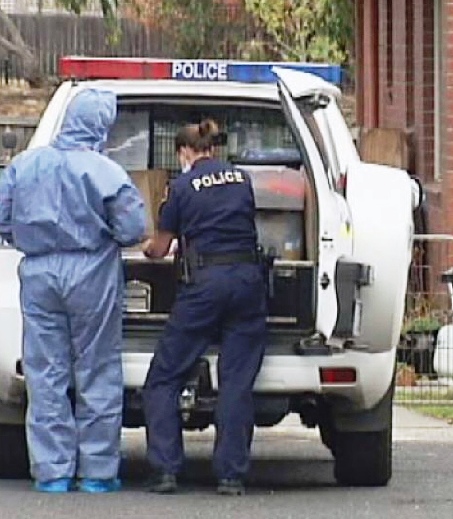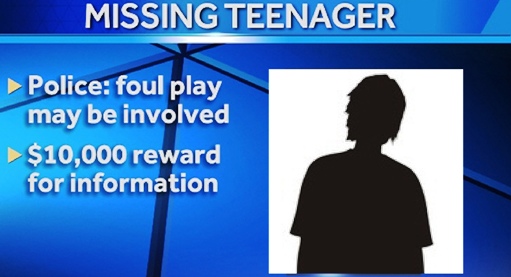Less is More…
by Cynthia Caron,
Founder of LostNMissing Inc.
The media is always the first point needed in order to help bring awareness of missing to the public. However, I also believe the media needs to utilize the “less is more” concept. While we all have a deep interest in wanting to know specifics of missing person cases, especially the background and details, it really does not help the family of missing, nor the actual missing person, if “too much” is divulged publicly. This “rule” should always be followed in the first week of reporting of a missing person’s case. Let me explain:
People will make assumptions on what they are reading. The more detailed case information divulged, the more apt that less leads will come to law enforcement. (*With the exception of missing persons who are deemed “potential homicide” cases. See below.) If there is any doubt between certain foul play, and a “missing person” … it is best to not divulge too many details to the public.
Example: Blood found in the home of a missing person. Law enforcement rarely will say that “a pool of blood was found” or, “drops of blood found”, merely “blood found in the home” and media reports as such.
This will give the reader an automatic “assumption” that perhaps a crime scene was found and the missing person is no longer alive. Hence, the need to find the person is not going to “absorb” into their minds as a need, or priority. In the same scenario, what if the person missing had some kind of manic episode or problem and cut themselves while putting away silverware…freaked out …and fled the home only to become “missing and wandering streets?” If no report of “blood in the home” was made it’s more than likely that someone may recall seeing a “similar person” acting oddly a few days prior, would trigger that memory and a potential lead could be brought to authorities.
To reiterate this thought, we had a case in which a young man missing (John) who was part of a hiking group of a dozen or so folks who routinely met and hiked trails. This same young man went missing and by all accounts and purposes the media reported that he was suicidal, including divulging his last cell phone ping as being near a large bridge over a bay of water. He was missing for 3 months and was invariably located safe and was taken to the hospital for psychiatric evaluations and placed back on his medications. (he is doing wonderful today.) I will never forget one of his hiking pals, a female, emailed me (after he was found) and said she was “So sorry that she actually saw him about 4 weeks after he went missing while sitting at a red light, and never reported it.” She said she glanced over and her thoughts were “Wow, that looks like John, but cannot be him…as he is missing.” I will never forget how floored I was that in my further talks with her she said that had she not known his “cell phone was “pinged” by the bridge” she never would have assumed he jumped into the water and would have taken the “sighting” much more serious…and we possibly could have located him two months sooner. Ironically, when she did sight him…he was wearing the same exact clothing that was on all of our missing posters including the same backpack on his back.
*In the case which law enforcement is confident that a homicide occurred, it is then understandable that “a pool of blood” or “blood found throughout the home” be brought forth to the media as leads will be needed regarding any suspicious persons, cars or activities in the area that may have occurred on the date of the missing person to aid in the investigation.
What if “no blood” is at the scene to determine “foul play/abduction” or a “routine missing person” case? It is my belief this fits the
** “less is more” concept. It should be reported immediately that a person is missing and details provided as to the photograph, age, height, weight and if known…clothing of the missing person. Let the public look for the missing person… and the police and investigators can pursue the “behind the scenes” evidence to the case…which all details do not always need to be divulged to the media, nor should the media divulge to the public.
**Naturally, there are always exceptions to all “rules” and if it is determined that a real abduction occurred…it would be imperative that “the more details, the better” be released with the hopes the kidnapper will be swiftly found and hopefully a missing will be located safe.
All of the above should be determined by law enforcement investigating the case, and not the media to make the determination. The media should always follow the guidelines set forth by law enforcement. Again, this “rule” should be followed the first week of a missing person’s case. Normally by the second week the investigators have a better idea if the missing is due to foul play and more information can be presented as to what the public needs to know in order to aid the case investigation.




